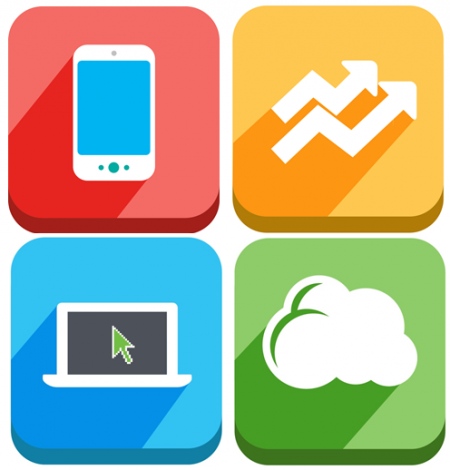In 2014, tremendous opportunities exist for organizations to use technology to deliver on their missions in a very effective and scalable way, both when engaging with supporters and when managing back-end operations.
ISHIR, a leading, global diversified outsourcing IT services company foresees that the key technology trends would have a major impact on the nonprofit sector in the current year. These key technology trends for nonprofits in the year 2014 mainly include, rising importance of mobile, analytics providing a deeper insight, software focusing on the quality of user experience, cloud providing better productivity and higher security, and finally social media becoming more pervasive and integrated.
Here’s more:
Mobile will be even more pervasive: Mobile will continue to be an essential part of how nonprofits engage with supporters and expand the reach of their staff. Nearly half of emails are now read on mobile devices. This means having a mobile-friendly approach to engaging donors has never been more important. Mobile devices are quickly becoming the platform of choice for computing and collaboration versus sitting behind a desk, and will change how organizations leverage data and drive mission delivery.
Analytics will provide deeper and keener insight: Data is the most valuable asset in any nonprofit organization. Consider how much additional web, social and interaction data is now being gathered by organizations. This ever-increasing amount of data means nonprofits must shift from collecting to analyzing. Nonprofits will use this data to understand what communication channels are most effective, how to better fundraise (who to ask for how much), how to effectively facilitate events or peer-to-peer fundraise, how to increase recurring giving, etc. Understanding where other nonprofits are successful, how individuals respond to different communication (marketing) channels, and a supporter’s overall propensity and ability to give will be integrated into software to make it “smarter.” This will ultimately enable nonprofits to be much more successful.
Software will emphasize user experience: Software will continue to shift away from the importance of the underlying technology to the quality of the user experience. Deep knowledge of how nonprofits need to run their business and the mission-critical processes they depend on will trump the bits and bytes. As the switch to mobile devices for computing continues to gain momentum, solutions will be developed for mobile devices, tablets and traditional desktops by default. Information and functionality will be available to users in any environment without having to tab through monolithic apps or go through extensive training. And, data will be shared among these apps. This will also accelerate a move away from on-premises installations of software to Software-as-a-Service (SaaS)/cloud-based implementations.
The cloud will help lower costs, increase security: The cloud provides a secure, highly-available, managed, cheaper and less cumbersome environment for organizations. There will be less need to maintain applications and data in-house when the cloud provides a higher quality of service and accessibility in a far more cost-effective manner. The move to the cloud becomes even more critical due to the pervasive nature of mobile devices. The two environments were made for each other to share vast amounts of data and information from any place, anytime in a simple way. Ultimately, the cloud will serve as a game changer for many nonprofits, providing access to a multitude of services that were otherwise too costly even three years ago.
Social media will become more integrated as a communication channel: Social networks are the communication channels of choice for the emerging 2generation and will become more pervasive for business and personal use. Networks such as Facebook, LinkedIn and Twitter provide access to networks of potential donors, volunteers, members, alumni, patrons, supporters, etc. Applications will more seamlessly integrate with social networks and enable peer-to-peer and direct communication with constituents. The benefits and options for leveraging this integration are limitless.
Get Started
Fill out the form below and we'll get back to you shortly.




